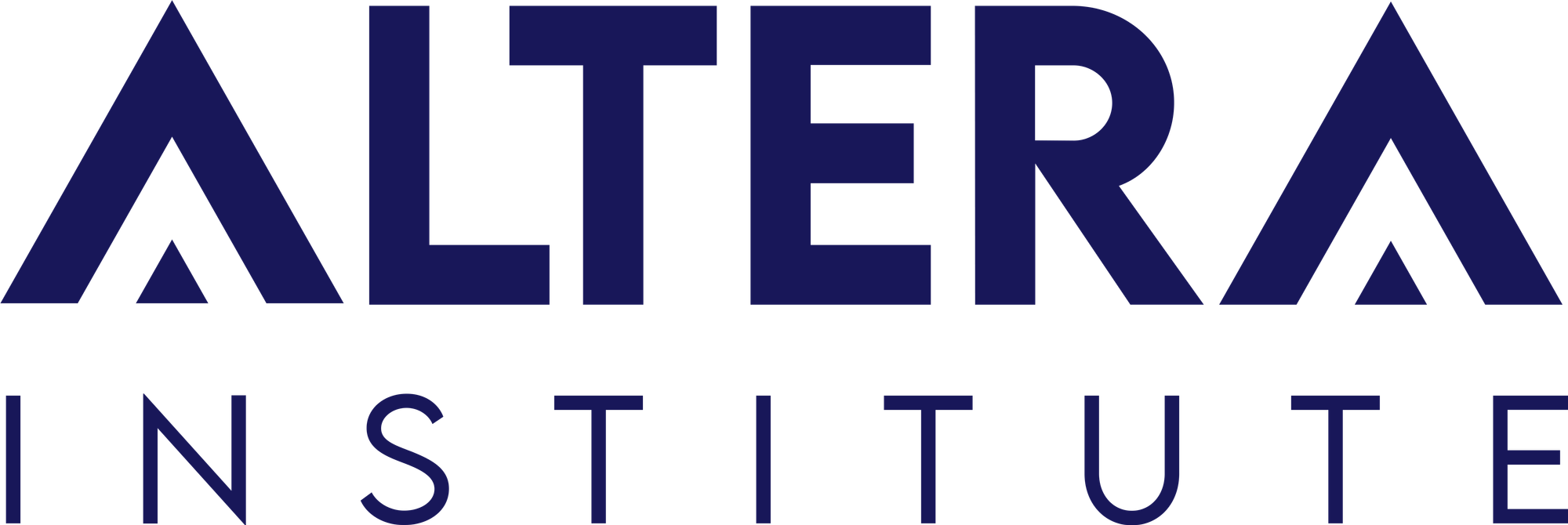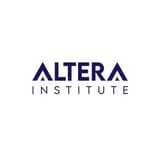What is Performance Marketing?
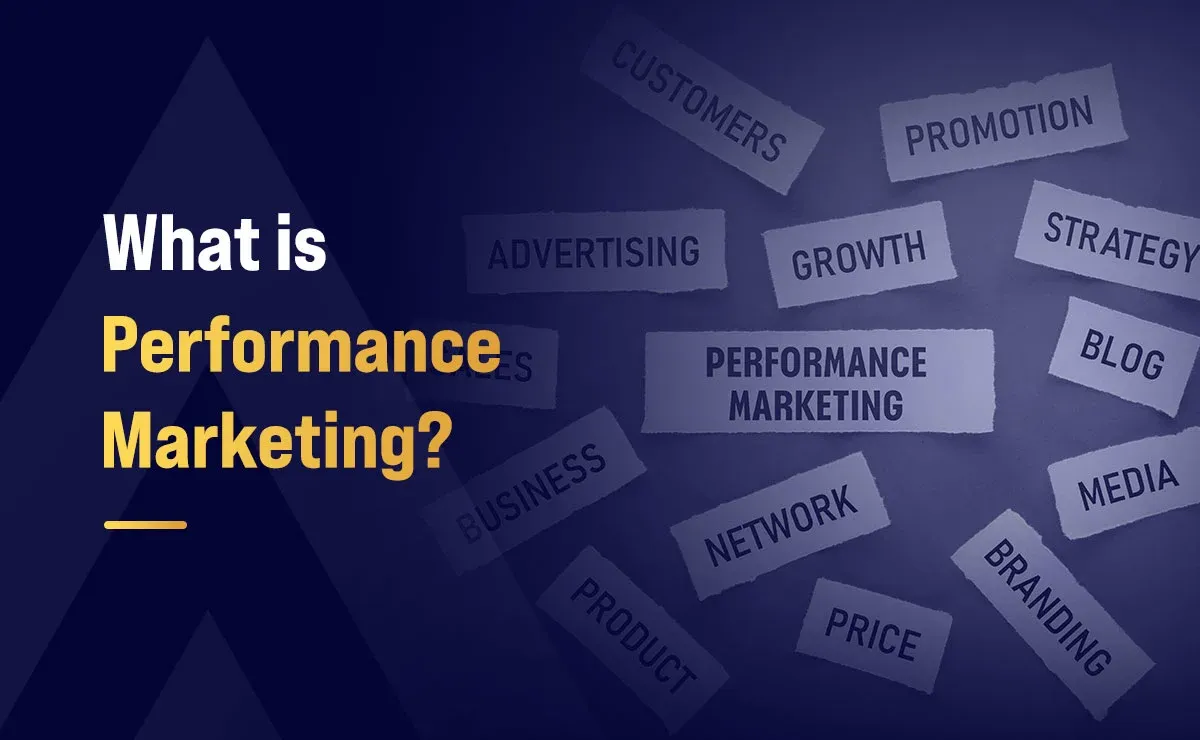
In recent years, the advancement of digital marketing has prompted a shift from traditional advertising models to more data-driven strategies that focus on measurable results. Performance marketing is one such strategy, where advertisers only pay for specific actions rather than just exposure.
Performance marketing represents a strategic approach where companies only invest marketing resources when their campaigns generate specific desired outcomes.
Let's delve into the fundamentals and mechanics of performance marketing to gain a comprehensive understanding.
Understanding Performance Marketing?
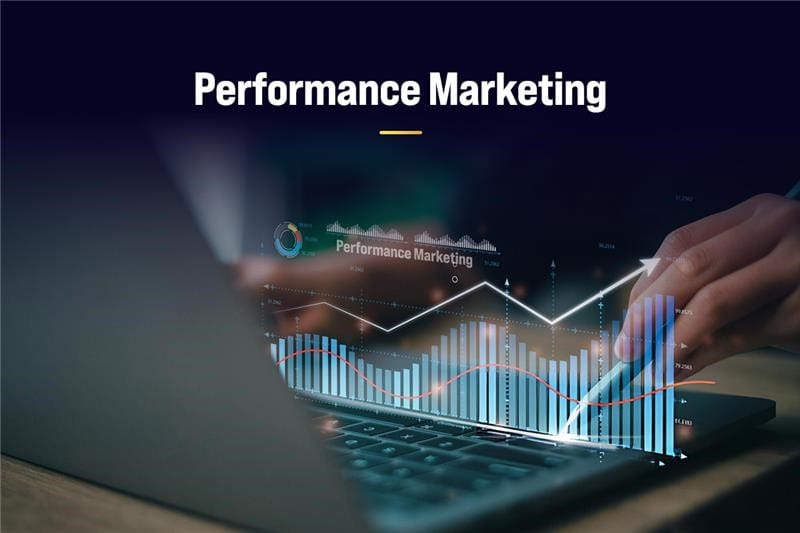
Performance marketing operates on a success-based model where businesses allocate funds only when predetermined actions occur, such as user engagement, prospect generation, or completed purchases. This contrasts with conventional marketing methods that require upfront payments regardless of campaign success, making performance marketing particularly attractive for ROI-focused organizations.
For example, you're an artisan crafting and selling unique jewelry pieces through digital channels. Instead of paying for a billboard ad and hoping people notice it, you only pay when someone clicks on your online ad and makes a purchase. This perfectly encapsulates performance marketing's core principle, which is delivering quantifiable outcomes.
How Performance Marketing Works?
Now that you know what a performance marketing strategy is, let's understand how it operates. Advertisers connect with agencies or publishers to design and place ads on various channels, such as social media, search engines, or websites. Marketing professionals compensate based on campaign effectiveness rather than making advance payments. The prevalent compensation structures include:
- Cost Per Click (CPC): Pay only when users click on your advertisements.
- Cost Per Impression (CPM): Pay per thousand advertisement views.
- Cost Per Sale (CPS): Pay exclusively upon completed purchases.
- Cost Per Lead (CPL): Pay for lead acquisition through newsletter subscriptions or webinar registrations.
- Cost Per Acquisition (CPA): Pay for specific consumer actions, including purchases or registrations.
This model minimizes risk for advertisers, as they only pay when their desired outcomes are achieved. It also enables continuous performance monitoring and enhancement, ensuring campaigns maintain peak effectiveness.
Top Performance Marketing Channels
Performance-based advertising isn’t limited to just one method. It includes a variety of channels, each with its own strengths. Here are some of the most popular ones:
Banner (Display) Ads
Display ads are the banner ads you see on websites and apps. While they’ve been around for a while, they can still be effective if they’re creative and well-targeted. However, with the rise of ad blockers and "banner blindness," it’s important to make these ads engaging and relevant to the audience.
- Best for: Brand visibility, retargeting, and product promotions.
- Where they appear: Digital properties, mobile applications, and various social platforms.
- How they work: Advertisers distribute payments according to visibility metrics or engagement rates.
Although banner ads face challenges like ad fatigue and low engagement, newer formats like interactive, personalized, and retargeting ads are proving to be more effective.
Native Advertising
Native advertising integrates harmoniously with existing content consumption patterns. For instance, while browsing travel-related content, readers might encounter contextually relevant native ads for a travel agency. These ads feel less intrusive and often get higher engagement because they don’t disrupt the user experience.
- Best for: Content-driven promotions, storytelling, and soft selling.
- Where they appear: News websites, blogs, and social media feeds.
- How they work: Often follows a CPC or CPM model.
A classic example of native advertising is sponsored articles on news websites or recommended product listings on eCommerce platforms. Their contextual alignment with surrounding content naturally encourages higher user engagement levels.
Content Marketing
Content marketing strategy involves developing meaningful content spanning written articles, visual content, and audio productions to capture and maintain audience interest. While it’s not a direct ad, it can drive long-term results and is often used alongside performance marketing campaigns.
- Best for: Organic traffic, SEO, and audience engagement.
- Where it appears: Blogs, eBooks, infographics, videos, and social media.
- How it works: Brands generate traffic through SEO and engagement, leading to conversions.
For example, a fitness brand could publish a blog on "The Best Diet for Muscle Gain," subtly linking to its protein supplements. This approach builds trust while promoting products organically.
Social Media
Social networking platforms, including Instagram, Facebook, TikTok, and LinkedIn, offer invaluable opportunities for audience connection. These platforms' advertising capabilities enable precise demographic, interest-based, and behavioral targeting to reach ideal customer segments. Plus, users can share your content organically, extending your reach even further.
- Best for: Engagement, brand awareness, influencer marketing, and paid promotions.
- Where it appears: Social media feeds, stories, reels, influencer content.
- How it works: Paid social ads, influencer collaborations, organic content marketing.
Performance marketing on social media involves two primary strategies:
- Paid Ads: Businesses pay for highly targeted ads based on CPC, CPM, or conversion goals.
- Influencer Marketing: Brands collaborate with influencers to drive engagement and conversions through sponsored posts and affiliate links.
Social media allows advertisers to track every action, ensuring maximum ROI from their campaigns.
Search Engine Marketing (SEM)
Search engine marketing facilitates advertisement placement within search results. Through strategic keyword bidding, businesses connect with actively searching consumers, maximizing effectiveness through intent-based targeting.
- Best for: High-intent users, lead generation, and immediate traffic.
- Where it appears: Primarily in search engine results pages (SERPs).
- How it works: Businesses bid on keywords and pay per click (PPC),
For example, if a user searches for "best running shoes," brands like Nike or Adidas may run Google Ads to ensure their products appear at the top of the results. Since users are actively searching, SEM drives highly targeted and conversion-ready traffic.
Performance Marketing Examples
Let's understand what performance marketing is with examples:
- Google Ads for an E-Commerce Store: A fashion brand runs Google Search Ads targeting keywords like "best summer dresses" and pays per click (PPC). The brand tracks conversions and adjusts bids based on sales performance.
- Facebook Ads for a Subscription Service: A fitness app runs Facebook Ads with a "Sign Up for a Free Trial" CTA. The campaign is optimized for cost-per-acquisition (CPA), ensuring they only pay for successful sign-ups.
- Influencer Marketing on Instagram: A skincare brand collaborates with a beauty influencer who promotes their product with a discount code. The brand only pays the influencer based on sales generated through the unique code.
- Native Ads for a SaaS Company: A SaaS company place sponsored articles on business news sites. The content educates readers about productivity tools and includes a CTA leading to a free trial.
- Affiliate Marketing for an Online Course: An education platform partners with bloggers who promote their online courses. Affiliates receive financial incentives for each successful course registration attributed to their unique referral identifiers.
Each of these strategies ensures that brands pay only for measurable results, making performance marketing a cost-effective and scalable approach.
Benefits of Performance Marketing
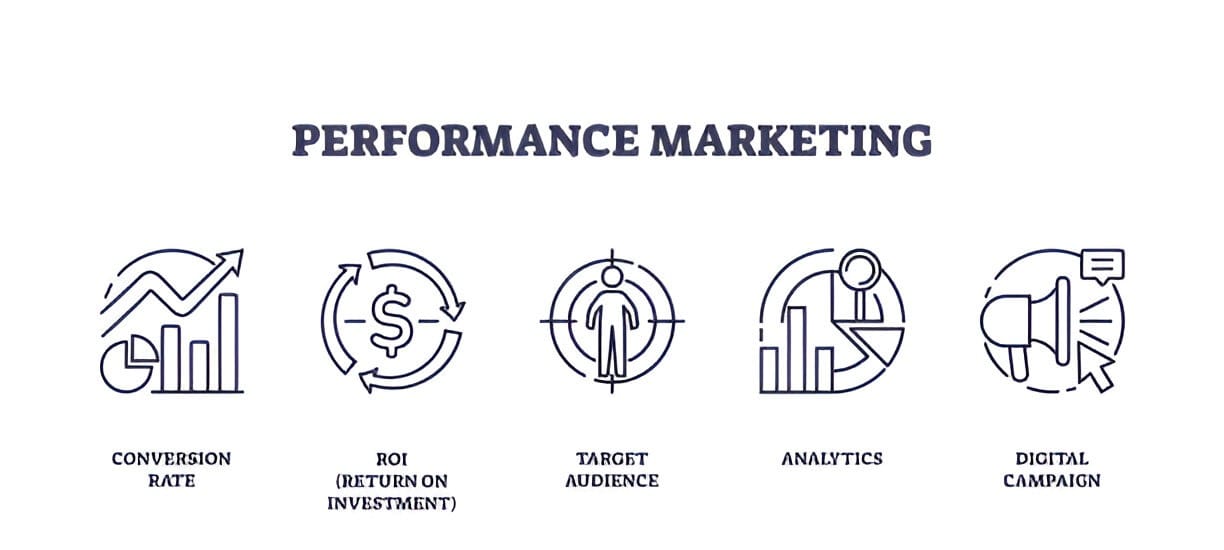
The outcome-oriented nature of performance marketing delivers numerous advantages, making it an attractive option across various businesses.
Pay Only for Results
Performance marketing's primary advantage lies in its action-based compensation model. Whether through consumer clicks, completed transactions, or qualified prospects, expenditure only occurs following measurable success. This financial framework minimizes investment risks while optimizing resource allocation. This structure particularly benefits emerging enterprises and startups operating with constrained budgets.
Highly Measurable and Transparent
Performance marketing thrives on data analysis and outcome measurement. Through sophisticated platforms like Google Analytics, social media dashboards, and specialized performance tracking tools, campaigns undergo constant real-time evaluation. Comprehensive monitoring enables precise identification of successful strategies and areas needing improvement, facilitating evidence-based optimization.
Improved ROI
Performance marketing's emphasis on concrete outcomes simplifies investment return calculations. You know exactly how much you’re spending and what you’re getting in return. This makes it easier to justify your marketing budget and allocate resources to the campaigns that deliver the best results.
Scalable and Flexible
The adaptable nature of performance marketing accommodates businesses of all sizes. From emerging startups to established corporations, initiatives can begin modestly and expand proportionally with success. This adaptability enables strategic experimentation without substantial initial resource commitment.
Targeted Advertising
Performance marketing enables unprecedented precision in audience targeting. Using data like demographics, interests, and online behavior, you can create highly personalized ads that resonate with your ideal customers. Such precision enhances conversion probability while eliminating wasteful expenditure on misaligned audience segments.
Real-Time Optimization
Performance marketing's distinctive strength lies in its dynamic optimization capabilities. When campaigns underperform, immediate adjustments can enhance outcomes. Such modifications might include revising promotional content, refining audience parameters, or redistributing resources across more effective channels.
FAQ
Q1. What is the difference between performance marketing and digital marketing?
Ans: Digital marketing encompasses all online promotional endeavors, including social media engagement, search optimization, content creation, and beyond. It addresses all online promotional activities, regardless of payment structures or success metrics.
Conversely, performance marketing represents a specialized digital marketing subset focused on results. It prioritizes trackable actions, including clicks, leads, and sales, with payment contingent upon achieving specific objectives.
Essentially, while performance marketing exists within digital marketing's domain, not all digital initiatives follow performance-based principles. Performance marketing emphasizes accountability, transparency, and measurable returns.
Summing Up
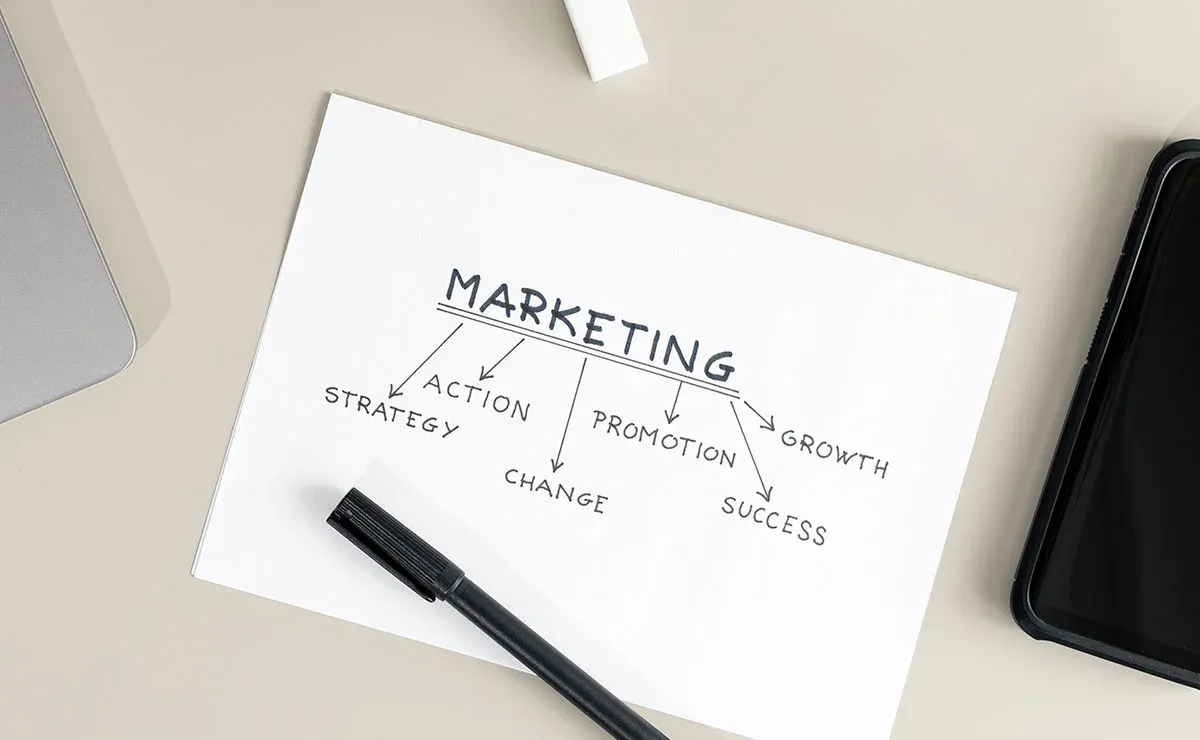
Performance marketing has revolutionized the way businesses approach advertising by shifting the focus from mere exposure to measurable results. Through the implementation of success-based compensation models, organizations minimize risks, maximize returns, and ensure marketing investments directly support strategic objectives.
As digital marketing continues to evolve, performance marketing emerges as a distinctive approach prioritizing measurable results, transparency, and operational efficiency. By leveraging its benefits, businesses can turn data into actionable insights, optimize marketing campaigns in real-time, and achieve sustainable growth.
